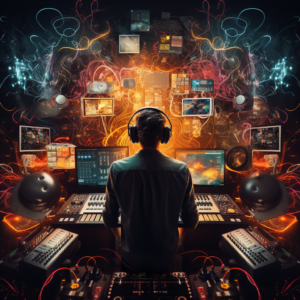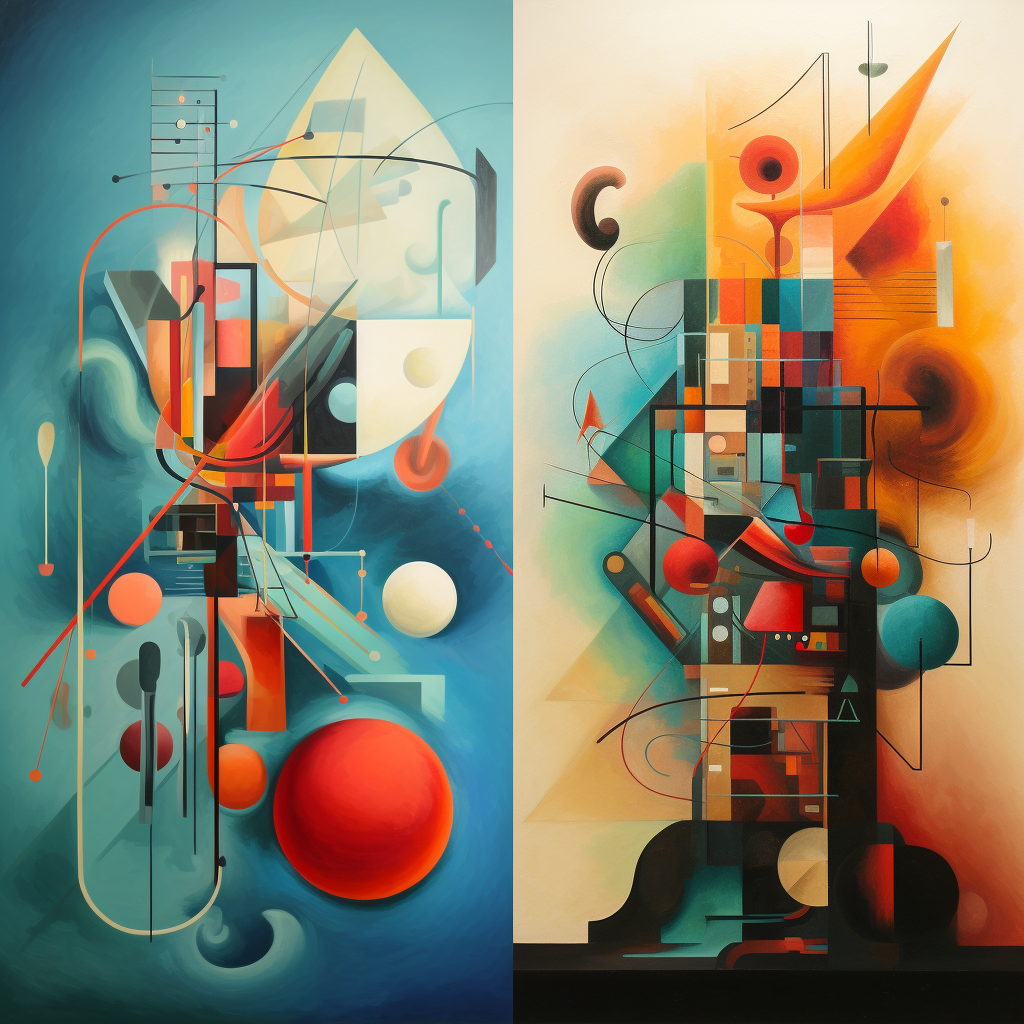The transition from traditional art forms to abstract expressions has been a significant movement in the evolution of modern art. It marked a departure from realism and the conventional representation of the world, embracing new concepts and techniques that transformed the artistic landscape.
One of the earliest movements to emerge during this period was Impressionism. Led by artists such as Claude Monet and Pierre-Auguste Renoir, this movement focused on capturing the fleeting impressions of light and color rather than precise representations of reality. This led to a new emphasis on the use of color and light, as well as the use of loose brushwork and broken color to create a sense of atmosphere and movement in the artwork.
As the 20th century progressed, artists began to experiment with even more abstract forms of expression. The emergence of movements such as Cubism, Futurism, and Expressionism signaled a departure from traditional pictorial representation, embracing the use of geometric shapes, fragmentation, and distorted perspectives to create a new visual language.
One of the key figures in this movement was Pablo Picasso. His creation of Cubism, characterized by the use of multiple viewpoints and fragmented forms, challenged the traditional notions of perspective and representation in art. The movement sparked a new wave of experimentation and innovation, with artists exploring new techniques and concepts that ultimately led to the emergence of abstract expressionism in the mid-20th century.
Abstract expressionism emerged in the 1940s as a reaction to the social and political upheavals of the time, particularly World War II. Artists sought to create a new mode of expression that was free from conventional representation, instead emphasizing the emotive and psychological aspects of art.
The movement was led by artists such as Jackson Pollock, Willem de Kooning, and Mark Rothko. Their use of large canvases, gestural brushstrokes, and expressive use of color created a new form of abstraction that was both introspective and visceral.
The shift towards abstract expressionism reflected a broader cultural shift towards individualism and self-expression, as well as a rejection of traditional artistic values. It paved the way for the emergence of new forms of contemporary art, including digital art, as artists continue to explore the boundaries of artistic expression in the modern world.



